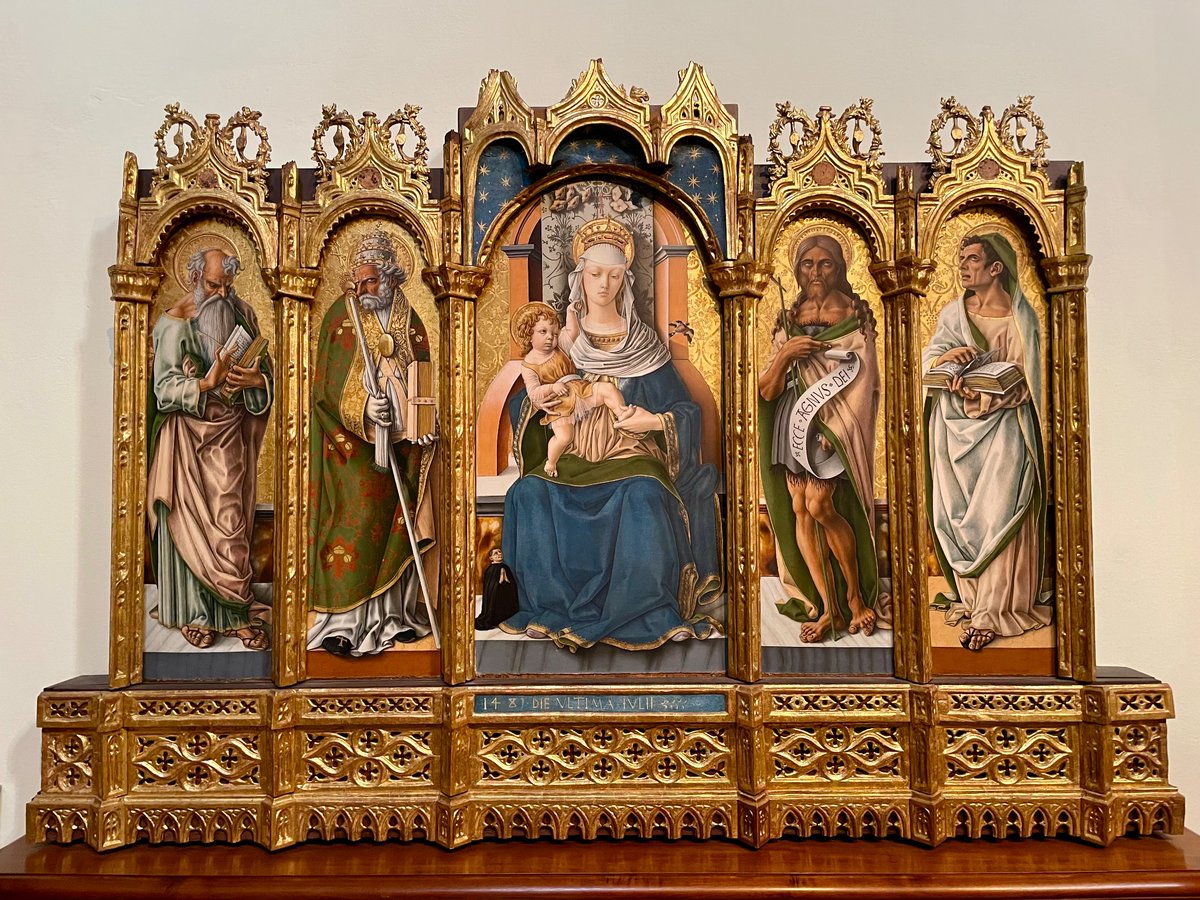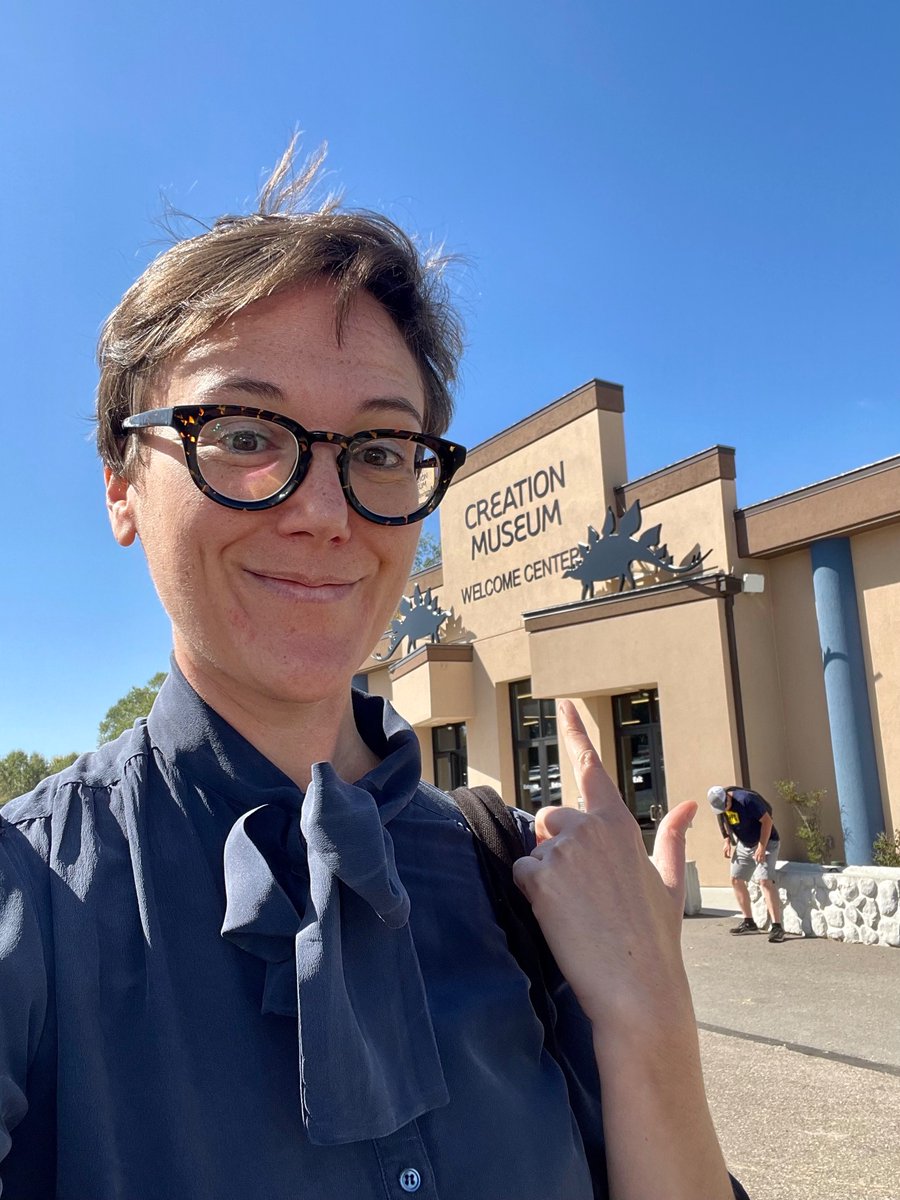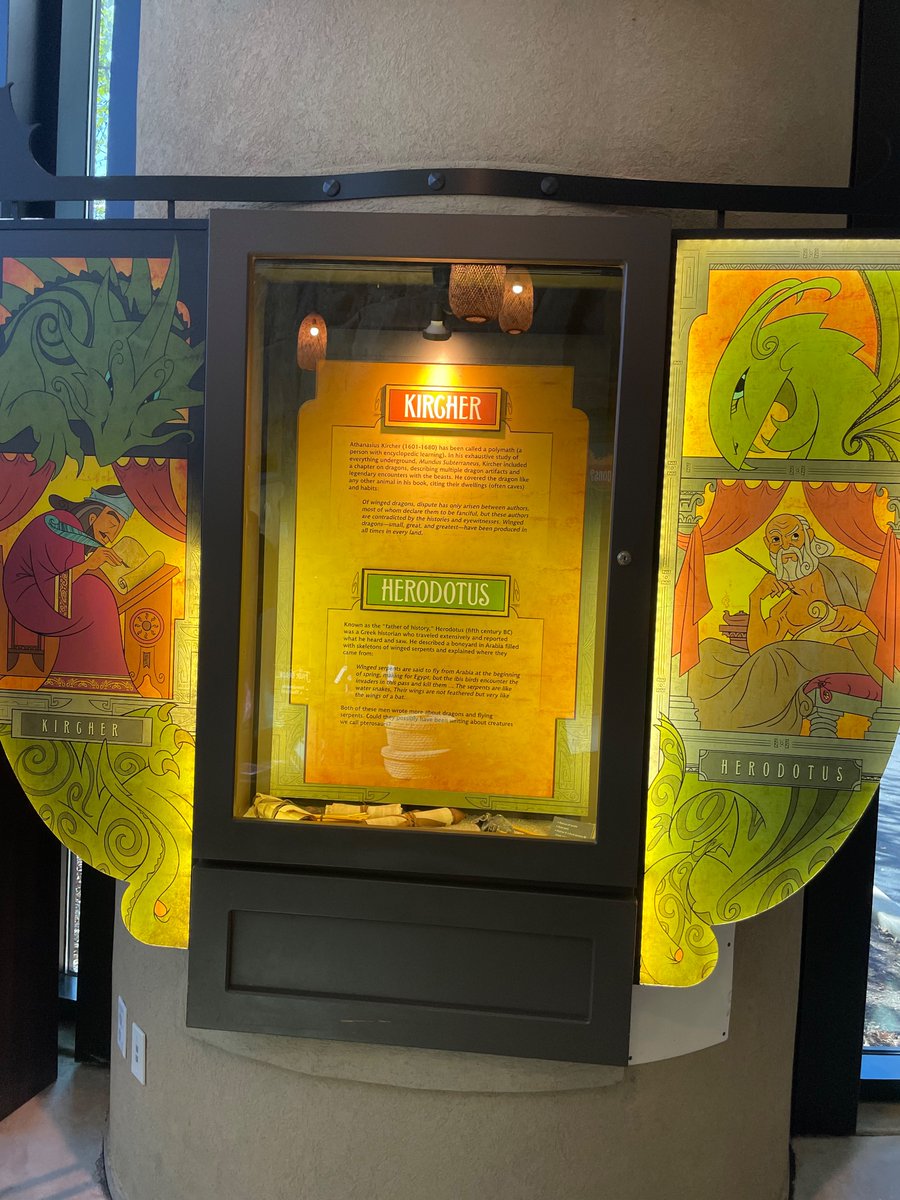Good thing the @DeptofDefense's Law of War Manual has conveniently summarized all the reasons targeting #IranianCulturalSites would be a war crime! dod.defense.gov/Portals/1/Docu… 







@DeptofDefense Another quick little reminder of how to avoid committing war crimes - this training from @CENTCOM: cemml.colostate.edu/cultural/09476…
@DeptofDefense @CENTCOM "Safeguarding cultural property while in-theater is not only a legal obligation. It plays a vital role as a force multiplier — winning hearts and minds... by sending the message that the U.S. military is the most respectful and professional fighting force in the world."
@DeptofDefense @CENTCOM If you prefer to brush up on your legal obligations in pamphlet form, voilà, here's one from the @USASOCNews: cemml.colostate.edu/cultural/09476…
@DeptofDefense @CENTCOM @USASOCNews "intentional or gratuitous damage to undefended cultural heritage by invading or occupying forces is expressly forbidden"
@DeptofDefense @CENTCOM @USASOCNews The #1954HagueConvention specifically requires the US to "refrain from any act directed by way of reprisals against cultural property.” (Art. 4.4) It's arguable that the President's threats against #IranianCulturalSites are already a violation of the international law of war.
@DeptofDefense @CENTCOM @USASOCNews This guide for soldiers also warns "because of its emotional context, cultural property is particularly vulnerable in times of conflict. Combatants may exact political retribution by targeting symbols of their enemies’ cultural identity." #SoundsFamiliar
@DeptofDefense @CENTCOM @USASOCNews Also: "[During combat] there is the temptation for wanton looting and destruction for either money or power."
@DeptofDefense @CENTCOM @USASOCNews "All ranks within a unit must be aware of the requirement to protect cultural property. It is equally critical that all commanders up and down the chain of command receive a briefing from the Judge Advocate General (JAG) office on the laws governing cultural property."
• • •
Missing some Tweet in this thread? You can try to
force a refresh

































